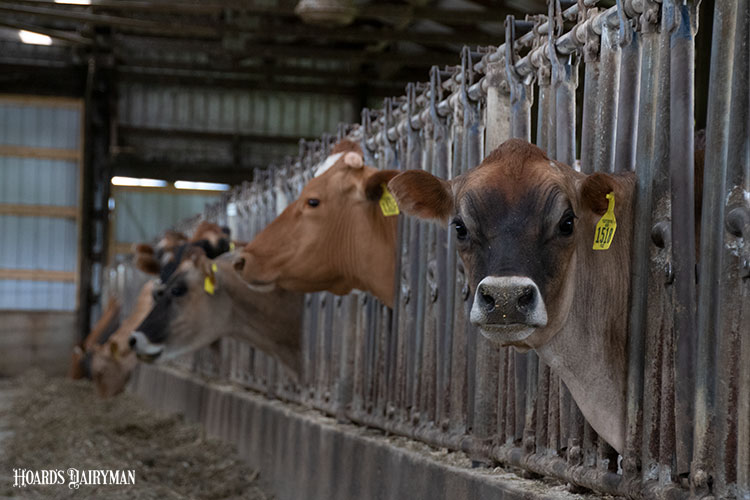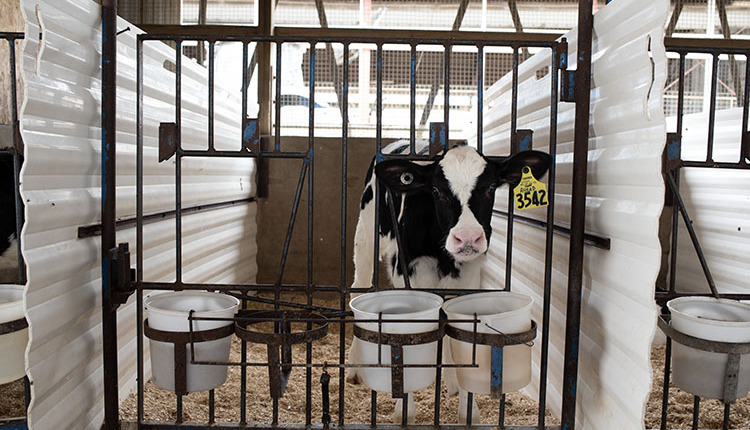
While alternative forage sources may be needed when forage or ingredient availability is limited, these scenarios also require the reformulation of dairy cow diets. That’s because maintaining the appropriate fiber level in dairy cattle diets is critical for normal rumen function.
To optimize the effect of fiber in the cow, it is vital to understand a feedstuff's chemical and physical characteristics and their role in the diet. Potentially, an alternative fiber source, such as pelleted oat straw, could be used when there is not enough neutral detergent fiber (NDF) in the diet but little space for additional forage or concerns about increased particle size.
Oat straw is lower quality than typical forages such as corn, alfalfa, and grass silages. As the name might imply, this lower quality forage is ground very fine and then pelleted, resulting in a feedstuff that has a small particle size or low physical effectiveness factor (pef) but a high undegradable neutral detergent fiber concentration via 240 h in vitro fermentation (uNDF240). Both of the physical aspect of the diet and the uNDF240 content influence a dairy cow’s ability for greater dry matter intake and milk production.
At Miner Institute, we recently conducted a study that included pelleted oat straw in low forage diets fed to dairy cows. We included pelleted oat straw at 10% dry matter (DM) of the diet. A consideration when feeding an ingredient like pelleted oat straw is the difference between how you would typically measure particle size of the ingredient versus how it is functioning in the cow. As a result of the pelleting process, the pelleted oat straw had a pef of 0.99 based on the fraction retained on the 1.18 millimeter (mm) screen, which when combined to the NDF fraction of the diet on that screen and above stimulates chewing activity and creation of the rumen digesta mat.
However, when these pellets reach the rumen, we suspect that the fine particles in the pellet break apart easily and will result in a lower physical size in the rumen. To demonstrate this, we soaked pellets in water (shown in the figure) and the pellets disintegrated. After measuring the particle size of the soaked pellets, the pef was only 0.017 (only 1.7% of the sample was retained on or above the 1.18 mm sieve).
By correcting for this change in physical size of the pellet, once the feedstuff is in the rumen, we were more closely able to predict the observed dry matter intake of the cows using the combined effect of pef and uNDF (peuNDF) in the diet. Pelleted oat straw may not be a typical ingredient that is used in diets for dairy cows. However, it is an interesting example of how both the physical and chemical attributes of a forage source can influence a cow’s ability to consume a specific diet.







